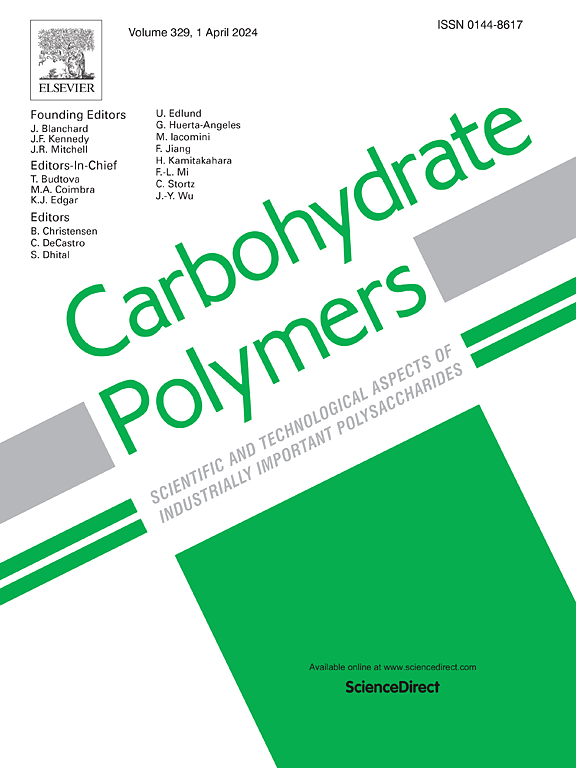Bespoke hydroxypropyl methylcellulose-based solid foams loaded with poorly soluble drugs by tunable modular design
IF 10.7
1区 化学
Q1 CHEMISTRY, APPLIED
引用次数: 0
Abstract
A tunable modular design (TMD) as a new approach was proposed to tailor the dose and drug release profile of poorly water-soluble drugs from hydroxypropyl methylcellulose (HPMC)-based solid foams by combining two manufacturing principles: (1) freeze-drying aqueous HPMC-based gels to yield porous sturdy modules with specific doses of an active pharmaceutical ingredient (API) with the step size of 3 mg, and (2) fine-tuning the desired dose of the API with the step size of 0.1 mg by inkjet printing of the API-loaded ink onto the modules. Carvedilol (CAR) was used as a model poorly water-soluble API that requires frequent dose adjustment. The limitation of poor CAR solubility was overcome by designing pharmaceutically approved co-solvent systems. This approach ensured printable inks of a high drug content, and sturdy and flexible modules with uniform distribution of CAR to achieve effective and accurate doses of CAR. The tailored release rate of CAR from TMD products was succeeded by varying the composition, particularly, the content and grade of HPMC, and physical dimensions of modules. The TMD approach holds potential for designing bespoke high-quality products, containing hydrophilic cellulose ethers such as HPMC and poorly water-soluble APIs.

求助全文
约1分钟内获得全文
求助全文
来源期刊

Carbohydrate Polymers
化学-高分子科学
CiteScore
22.40
自引率
8.00%
发文量
1286
审稿时长
47 days
期刊介绍:
Carbohydrate Polymers stands as a prominent journal in the glycoscience field, dedicated to exploring and harnessing the potential of polysaccharides with applications spanning bioenergy, bioplastics, biomaterials, biorefining, chemistry, drug delivery, food, health, nanotechnology, packaging, paper, pharmaceuticals, medicine, oil recovery, textiles, tissue engineering, wood, and various aspects of glycoscience.
The journal emphasizes the central role of well-characterized carbohydrate polymers, highlighting their significance as the primary focus rather than a peripheral topic. Each paper must prominently feature at least one named carbohydrate polymer, evident in both citation and title, with a commitment to innovative research that advances scientific knowledge.
 求助内容:
求助内容: 应助结果提醒方式:
应助结果提醒方式:


